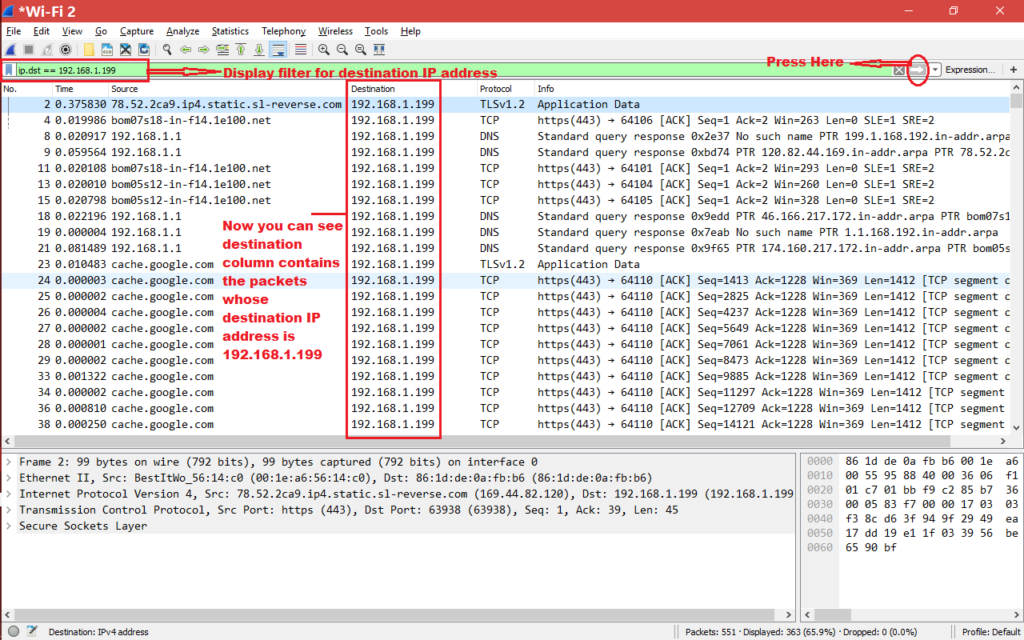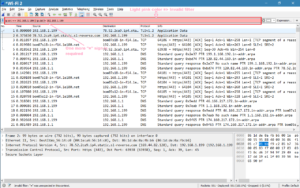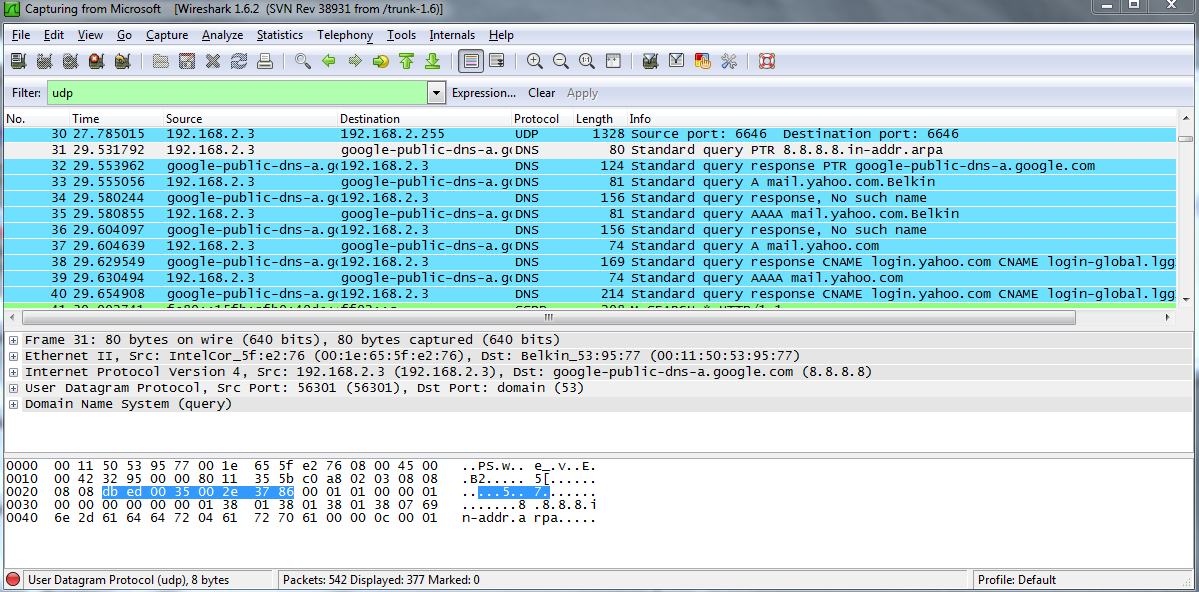
Best security practices advise that as little code as possible should run with elevated privileges-especially when its operating at such a low level. Wireshark contains over 2 million lines of complicated code, and it interacts with your computer at the lowest level. However, installing Wireshark so that only those with root privileges can use it means all its components will run with elevated permissions. You might not want everyone to be able to see what’s happening on the network. Saying no to this might be an attractive idea. When you install Wireshark, you’re asked whether anyone using a non-root account should be able to capture network traces. If you don’t understand how filters work in Wireshark, you’ll never get out of first gear and throttle the capabilities of the software. There are subtleties to their syntax that make it easy to write a filter and get a result that doesn’t meet your expectations. Wireshark’s filtering capabilities are second to none, with great flexibility and resolving power. You’re able to inspect any packet in the tiniest detail, map out network “conversations” between devices, and use filters to include (or exclude) packets from your analysis. When the capture is complete the trace can be stepped through, packet by packet. Port filter will make your analysis easy to show all packets to the selected port.The captured packets are called a trace.

In case there is no fixed port then system uses registered or public ports. Now we put “udp.dstport = 67 || udp.dstport = 68” as Wireshark filter and see only DHCP related packets.įor port filtering in Wireshark you should know the port number. When we run only UDP through Iperf we can see both source and destination ports are used from registered/public ports.ĥ. Now we put “tcp.port = 443” as Wireshark filter and see only HTTPS packets.

Now we put “udp.port = 53” as Wireshark filter and see only packets where port is 53.ģ. Here 192.168.1.6 is trying to send DNS query. Now we put “tcp.port = 80” as Wireshark filter and see only packets where port is 80.Ģ. Here 192.168.1.6 is trying to access web server where HTTP server is running.

In this article we will try to understand some well know ports through Wireshark analysis. To know more about filter by IP in Wireshark, please follow below link: Port filtering is the way of filtering packets based on port number.


 0 kommentar(er)
0 kommentar(er)
